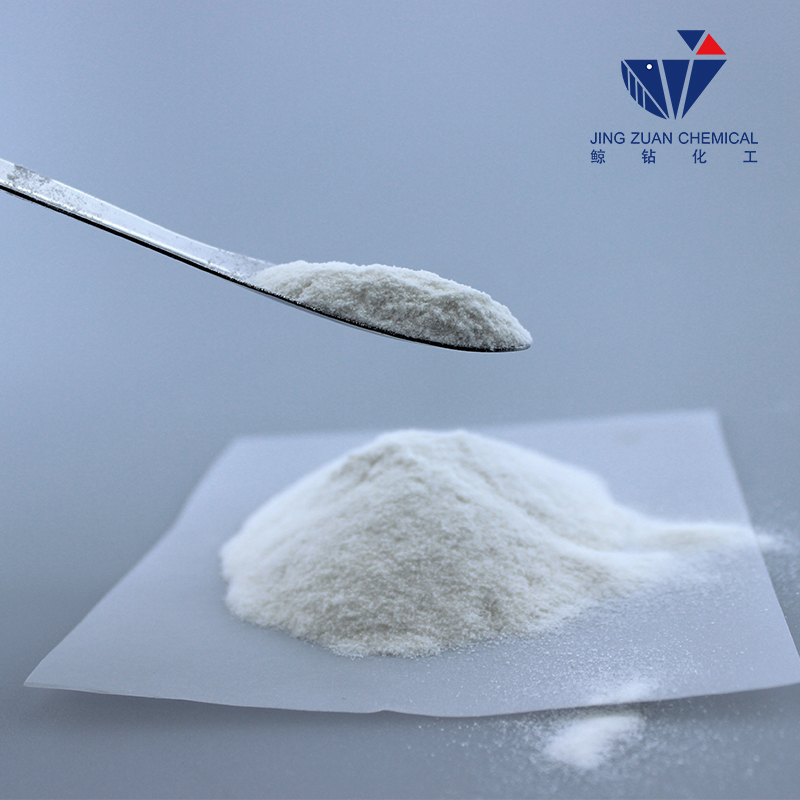
ธ.ค. . 13, 2024 14:56 Back to list
hydroxyalkyl cellulose
Hydroxyalkyl Cellulose An Overview of Its Properties and Applications
Hydroxyalkyl cellulose (HAC) is a versatile polymer derived from cellulose, a natural polymer that is abundant in nature. HAC is formed through the chemical modification of cellulose with hydroxyalkyl groups, typically including hydroxyethyl and hydroxypropyl groups. This modification not only enhances the solubility of cellulose in water but also alters its physical and chemical properties, making it suitable for a wide range of industrial applications.
Properties of Hydroxyalkyl Cellulose
One of the defining characteristics of hydroxyalkyl cellulose is its ability to dissolve in water to form clear, viscous solutions. The degree of substitution of the hydroxyalkyl groups on the cellulose chain significantly influences its solubility and viscosity. For instance, hydroxyethyl cellulose (HEC) tends to exhibit lower viscosity compared to hydroxypropyl cellulose (HPC) at the same concentration, making it suitable for varying formulation requirements. This feature is particularly advantageous in industries such as personal care and cosmetics, where viscosity plays a critical role in product performance.
HAC is known for its non-toxic and biocompatible nature, which contributes to its popularity in food and pharmaceutical applications. Additionally, its ability to form films and gels makes it valuable in various formulations. The product is also resistant to microorganisms, ensuring stability and shelf life in applications like food, pharmaceuticals, and cosmetics.
Applications of Hydroxyalkyl Cellulose
Given its myriad of properties, hydroxyalkyl cellulose finds use across several sectors
1. Cosmetics and Personal Care Products HAC is widely used in lotions, creams, shampoos, and gels due to its thickening and gelling properties. It helps improve the texture and stability of formulations while providing a pleasant feel to the product upon application.
hydroxyalkyl cellulose

2. Pharmaceutical Industry In pharmaceuticals, HAC serves as a binder, film-forming agent, and controlled-release agent in various drug delivery systems. Its solubility properties allow for the formulation of oral, topical, and parenteral dosage forms.
3. Food Industry Hydroxyalkyl cellulose is utilized as a food additive, acting as a thickener and stabilizer in products like sauces, dressings, and desserts. Its role in improving the texture and viscosity of food products contributes to a better sensory experience for consumers.
4. Construction Industry HAC is employed in building materials, particularly in cement and plaster formulations. Its thickening and water-retention properties enhance the workability and adhesion of cement mixtures, leading to improved performance in construction applications.
5. Adhesives and Sealants The ability of hydroxyalkyl cellulose to provide viscosity and stability makes it valuable in the formulation of adhesives and sealants. Its water-soluble nature enables easier application and cleanup, making it user-friendly for both industrial and household use.
Environmental Considerations
As the world increasingly focuses on sustainability, hydroxyalkyl cellulose presents an eco-friendly alternative to synthetic polymers. Being derived from renewable resources, it poses less environmental impact compared to petroleum-based polymers. Additionally, HAC is biodegradable, which adds to its appeal in sustainable formulation practices.
Conclusion
In summary, hydroxyalkyl cellulose is a remarkable cellulose derivative that has garnered widespread attention across multiple industries due to its unique properties and functionality. Its versatility as a thickener, stabilizer, binder, and film-forming agent makes it an invaluable component in cosmetics, pharmaceuticals, food products, and construction materials. With growing environmental concerns, the continued development and use of HAC can contribute to more sustainable industrial practices, making it a polymer of great interest for the future. Its ongoing research and innovations within this field signal a promising horizon for the applications and benefits of hydroxyalkyl cellulose.
-
Versatile Hpmc Uses in Different Industries
NewsJun.19,2025
-
Redispersible Powder's Role in Enhancing Durability of Construction Products
NewsJun.19,2025
-
Hydroxyethyl Cellulose Applications Driving Green Industrial Processes
NewsJun.19,2025
-
Exploring Different Redispersible Polymer Powder
NewsJun.19,2025
-
Choosing the Right Mortar Bonding Agent
NewsJun.19,2025
-
Applications and Significance of China Hpmc in Modern Industries
NewsJun.19,2025







